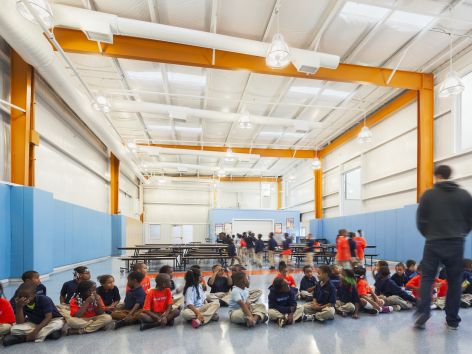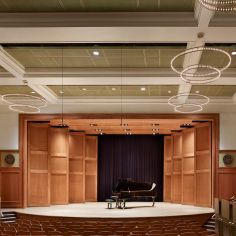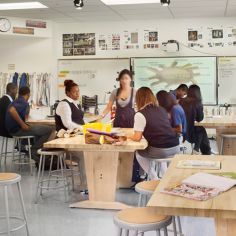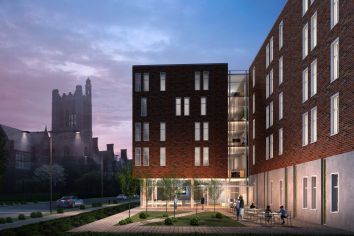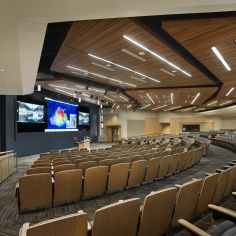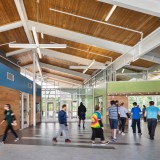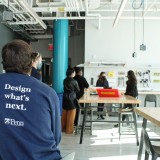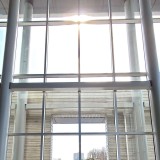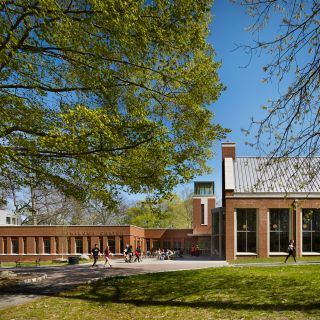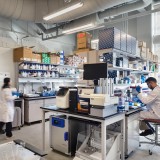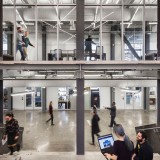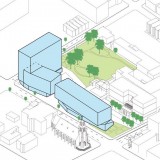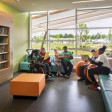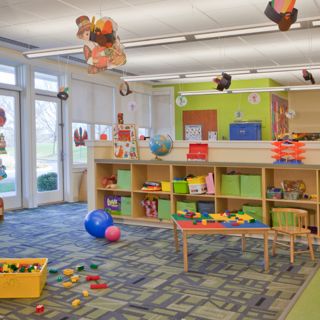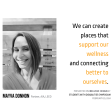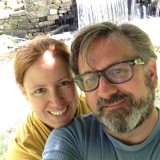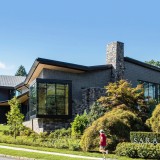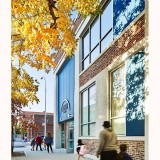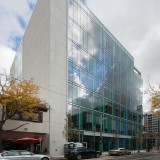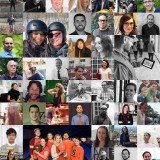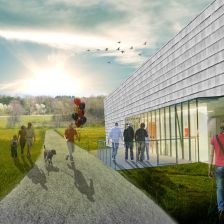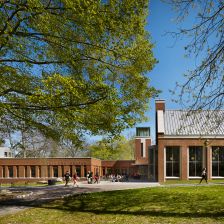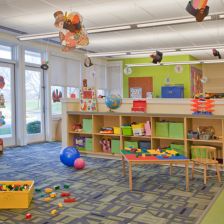Learning
From academics to athletics and the arts, each passionately built form contributes to the well-rounded, fulfilled potential of its students.
Learning – Taking on the World
Today’s schools are preparing their students to live and succeed on a global scale. As the educational model changes to better gain global perspective, we understand that the design of learning environments must also change—that in order to harness the power of technology, foster inquisitiveness, encourage listening and collaboration as well as respect and inclusion, schools need a physical environment that aligns with their social and educational goals—they require imaginative design solutions that take into consideration not just what a space will be, but more critically, who will use that space and in what manner, to accomplish what goals. From academics to athletics and the arts, each passionately purpose-built form contributes to the well-rounded, fulfilled potential of its students.
As builders of people and places; students and learning environments, we have come to understand that the world isn’t so big anymore. And we know that today’s schools have a unique opportunity to teach their students the outlook and the skills they will need to live and succeed in the world. We know that the right physical environment, when matched with excellence in heart and mind produces a powerful combination of knowledge, self-confidence, courage and compassion—just the combination needed to prepare students to take on the world.
Master Planning
A Master Plan covers missions and goals, land use and open space, resources and facilities, circulation, recreation and implementation. It should be flexible, versatile and dynamic. But perhaps more importantly, a Master Plan must create a sense of purpose, clarity and a way forward. It should put forth a vision that enhances the character of an organization’s campus and facilities while supporting its mission and strategic plan. It can, and should be, laborious in its research and detail, but if properly put into place, should also produce great dividends for many years to come.
Site analysis is of equal importance to a Master Plan as the right site location and orientation brings immeasurable added-value to a project. Successful site selection requires tenacity in search, thorough analysis of acquisition, and a methodical and imaginative program fit and orientation. It should also capitalize on opportunities to preserve, renovate, and enliven older buildings, as the relationships that are created between that which is old and that which is new are critical to a comprehensive, inclusive, ever-evolving Master Plan.
Identity
Inherent in achieving a sense of place is the conveyance of identity. It is as much an internal reinforcement of brand as it is an expression to the outside world.
While the representation of identity tends to be visual, we also strive to impart its essence – what a company is about, what an institution embodies, what a university stands for. Logos and graphics tackle part of the job – but we strive to use our tools of architecture to impart a sense of place, a feel for mission, and an opportunity for community to form and thrive.
Stewardship
Inspiring, beautiful design is synonymous with sustainability. Across markets, at varying scales, we sensitively integrate new buildings into their natural surroundings while minimizing environmental impact. Sometimes, “the greenest building is the one already built,” and care is taken to conserve existing materials while increasing energy efficiency to give an old structure new life. With each project, we grow our understanding of how the built and natural environments can co-exist symbiotically. Success is measured by how well a project respects its natural surroundings, how minimally it uses non-renewable resources, how resilient it is to the adapting conditions of its site, and how it contributes to strengthening the surrounding community. With each project, we ask ourselves: how small can our ecological footprint be? How great our social impact?

